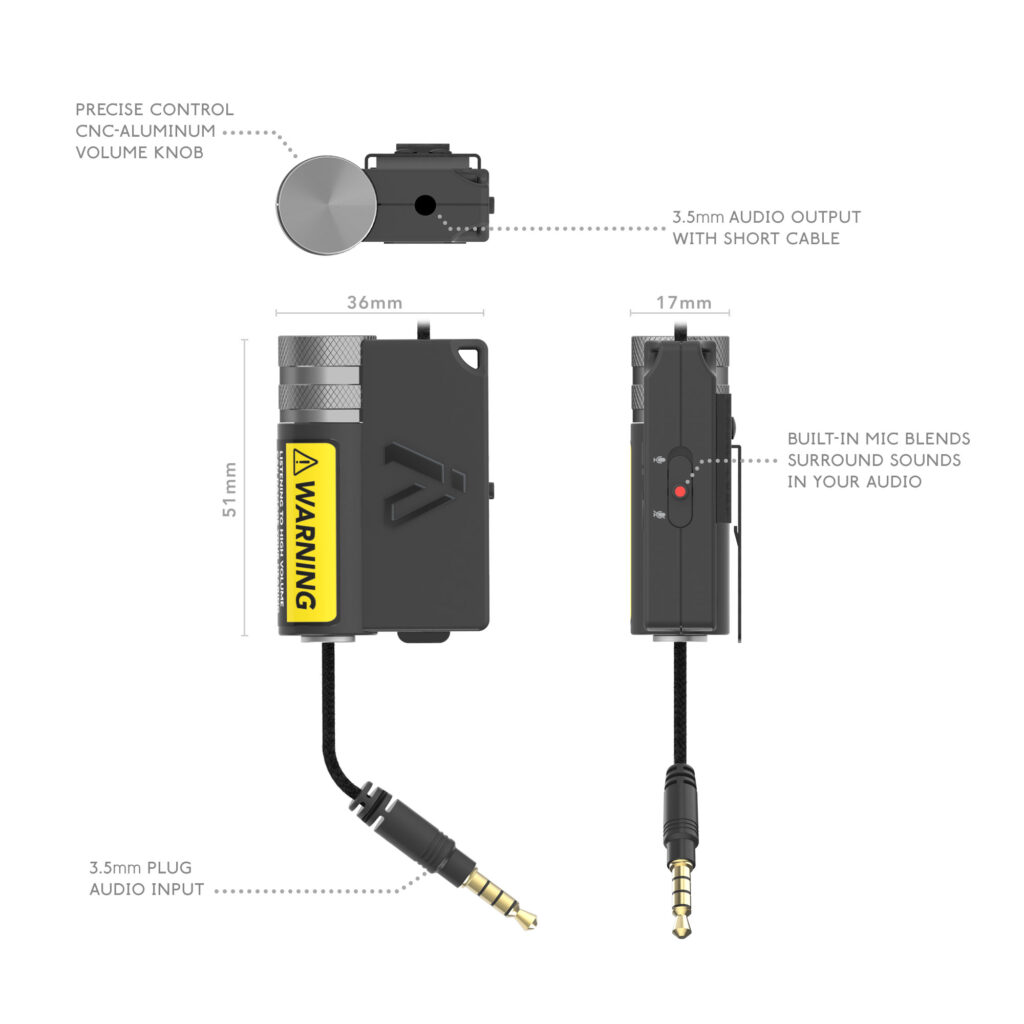What is a Helmet Amplifier?
A helmet amplifier is essentially a helmet equipped with built-in communication tools, such as microphones and speakers. The technology embedded in these helmets amplifies the user's voice, allowing clear communication with others nearby. This feature is particularly useful in environments where noise levels are high, making traditional communication methods difficult.
Helmet amplifiers come in various forms, from those used in construction sites and industrial areas to helmets designed for recreational purposes like motorcycling, cycling, or extreme sports. They help users hear and be heard clearly, ensuring smoother communication without sacrificing safety.
Importance of Communication in Safety Gear
Clear communication is a critical factor in ensuring safety in high-risk environments. Miscommunication in such settings can lead to severe accidents or injuries. In industries such as construction, mining, or firefighting, the ability to communicate clearly can mean the difference between a safe operation and a disastrous one. Helmet amplifier enhance communication between team members by amplifying voices and reducing background noise.
For motorcyclists and cyclists, staying connected to others on the road can prevent accidents and ensure a safe journey. Helmet amplifiers allow riders to communicate with fellow bikers or hear important road instructions, such as GPS navigation or traffic updates, without needing to remove their helmets or fumble with their phones.
Benefits of Using a Helmet Amplifier
Enhanced Communication: One of the primary advantages of a helmet amplifier is the ability to communicate effectively in noisy environments. The built-in microphones and speakers amplify speech, ensuring clarity even in the midst of heavy machinery, wind noise, or loud traffic.
Safety: A helmet’s main function is to protect the head from injuries, but the added communication features provide another layer of safety. Workers, riders, or athletes can stay focused on their tasks while easily relaying important information to others without distraction.
Noise Cancellation: Some advanced helmet amplifiers come with noise-canceling technology. This feature helps filter out ambient noise, allowing users to hear more clearly and focus on the voices or sounds they need to hear. Whether it’s a co-worker giving instructions or the sound of approaching traffic, this ensures users don’t miss critical audio cues.
Hands-Free Operation: With helmet amplifiers, there’s no need to remove your helmet or use external communication devices. This hands-free operation allows for convenience and efficiency. Workers can keep their hands on their tools, and riders can maintain their grip on the handlebars while still communicating clearly.
Versatility: Helmet amplifiers are not limited to a single industry or activity. They are used by motorcyclists, cyclists, industrial workers, emergency responders, and even in extreme sports like skiing or rock climbing. The versatile nature of these helmets makes them a practical solution for anyone needing protection and communication.
Innovations in Helmet Amplifier Technology
Modern helmet amplifiers are becoming more sophisticated with advancements in wireless technology and artificial intelligence. Some models now include Bluetooth connectivity, allowing users to pair their helmets with their smartphones, GPS devices, or communication systems. Voice-activated commands, noise isolation, and real-time translation features are also being integrated into the latest designs, making these helmets smarter and more functional than ever before.
Additionally, lightweight materials and ergonomic designs ensure that helmet amplifiers remain comfortable for extended wear without compromising protection or communication quality. Motorcycle Comms System Manufacturers are continuously working on making these helmets more user-friendly, with longer battery life and improved audio clarity.






Comments